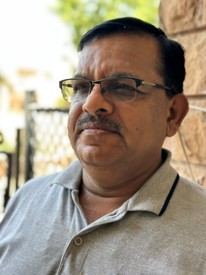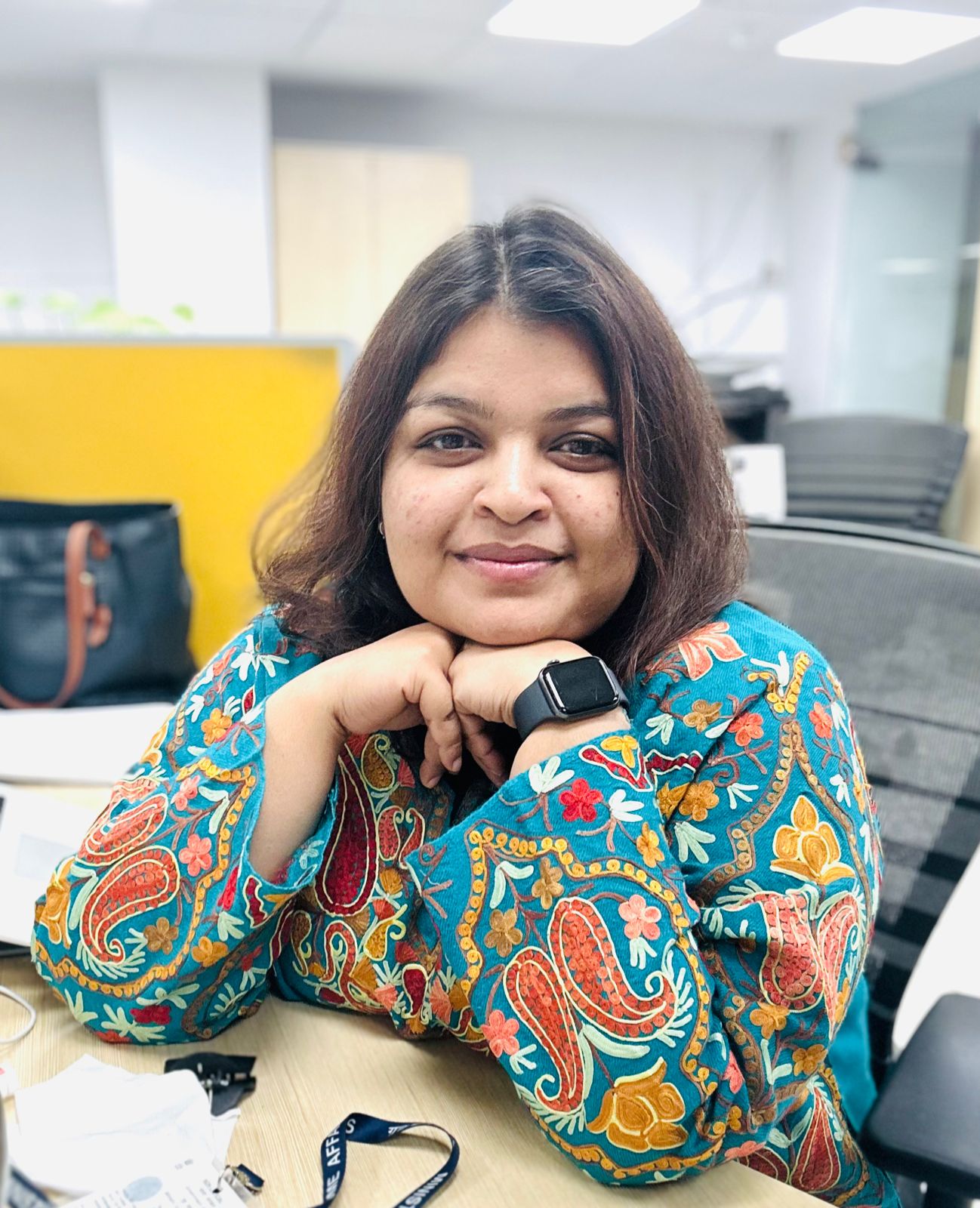ABOUT US
The journey of KS2 started when, my father was posted somewhere on the western border of the country and every summer vacation we used to travel from there to Nepal border to visit my grandparents. The most exciting part of the whole vacation for me used to be the train journeys, 18-20 hours long crossing cities interconnected by huge patches of open land. My parents used to algorithmically calculate the food required for the journey, store enough water to last between major cities. The train crossing one cross section of India, travelled a distance of around 1000 kms and crossed 2/3 major cities, so the calculation of food was done in a way that it lasts between these major train stations where a refill could be done.
Last month I again took the same route, this time just for the sake of nostalgia. To twist my nostalgia a bit, the landscapes along the tracks which seemed barren once, crossing majority of Rajasthan were now built, the fringes of the major cities seemed to be bigger, the distance between two major cities also seemed to be lesser and the big stations which were 2/3 back in the glorious 1990s now seemed to almost double in number. What is behind this change of picture for every 90s kid like me, who took long train journeys regularly, traversing almost the whole country owing to their parents jobs is the rise in the millennial Urban India.
In 2001 census there were 35 million plus cities which boomed to 53 in 2011 and which has been estimated to cross 75 now. Much more than these million plus cities, are the medium & small size towns which are home to a large portion of urban population of the country. Matching up with the rest of the world, the millennial urban India speaks the language of efficiency, downsizing, sub-contracting services, Public Private Partnerships and new models of public management leading the state to ultimately re-scale itself and recreating social and geographical boundaries to achieve escalating GDP numbers. Every million plus city in India boasts of a history which spans 500 years on an average. The forms of the cities have seen more than historians could ever document. Indian cities have witnessed social struggles, changing governance and powers, disasters, economic booms and recessions for centuries before attaining their current shape and form. What makes them different from one another, are the embedded historical struggles, their own native climate responsive design features, sustainable systems, the organic evolution, the vernacular growth, the social sciences that reside within the cities. In scenarios where urban spaces appear cyclic, dynamic, alterable informed by technological modifications more than historical changes, setting a prototype definition of 'global cities’, the cities lose their individuality, what we get in processes like these are mass produced factory made products where one formula fits all.
A city without the narration of its pressures, struggles and essentially its social sciences would be a space but not a place, wherein the beautiful heterogeneity of the romanticised urban chaos would all get reduced to the homogeneity of urban order. On the other side of this romanticised image is also the Indian urban which faces challenge of inequality, climate change, rising urban temperatures. KS2 aspires to answer these pressing questions of urbanisation and provide solutions which root in vernacular practices & techniques and resonate with the theories of technological advancement, resource efficiency, climate resilience, thermal comfort but at the same time maintain the individualistic criterion of Indian cities. We seek to develop a model where social sciences are formed as a derivative of the scientific process, where identity and advancement can co-exist and build an equitable, accessible, resource efficient and inclusive sustainable urban future for India.
-Adapted from “Millennial Urban India“ published in The Hindu on 20th January 2019; Anukriti Pathak
Our Team

SHARWAN KUMAR PATHAK
Managing Director & Founder
sharwan@ks2.in
An Indian Air Force veteran with over 36 years of national and international experience in leading a group of team to cater CAMC, operation and maintenance of power generation, regulation equipment, air-conditioning systems, installation and commissioning of DG Sets and telecommunication infrastructure (active/passive) for various Telecom power supply system customers. He is a proactive individual, who has been on a leadership position over the last twenty years, responsible for setting up networks and establishing multiple companies in power and after sales servicing sector.

ANUKRITI PATHAK
CEO
anukriti@ks2.in
An architect, public-policy and urban development professional with experience in strategic planning, policy advisory, evidence based research and socio-economic development. She has over eight years of experience of working in urban development, affordable housing, climate change, energy efficiency, thermal comfort, cooling sectors. She has worked with sub-national and national Governments and also development banks alongwith international organisations with an aim to enhance equity and access in urban services. Academically, she has pursued Masters in Sustainable Architecture from CEPT University, Ahmedabad and M Sc in City Design and Social Sciences from the London School of Economics & Political Sciences.